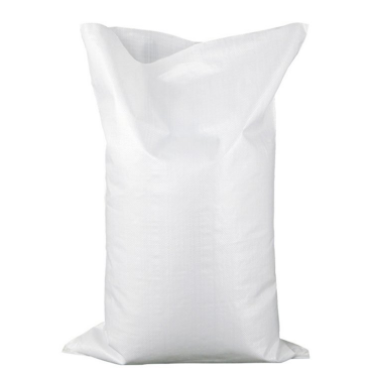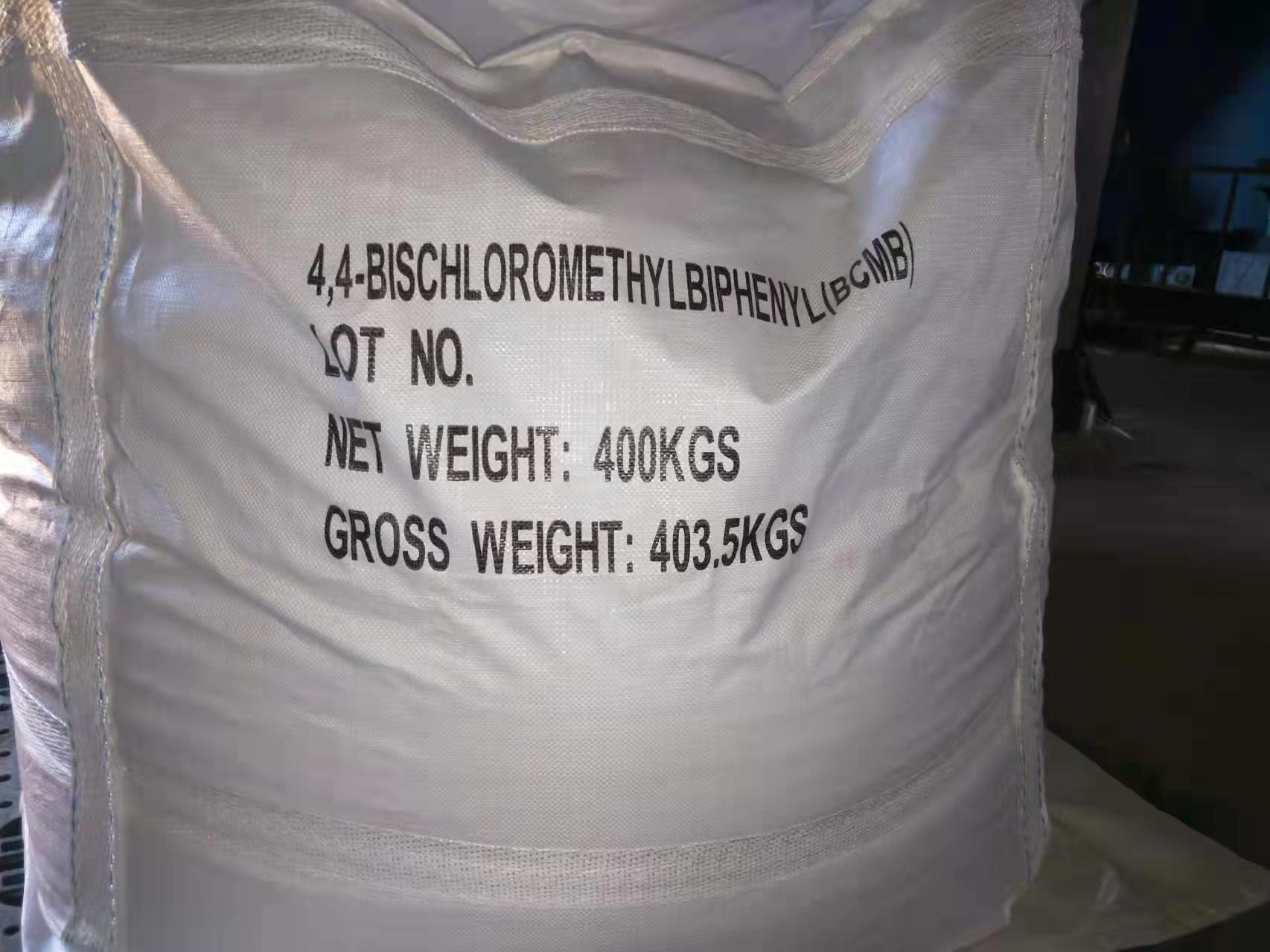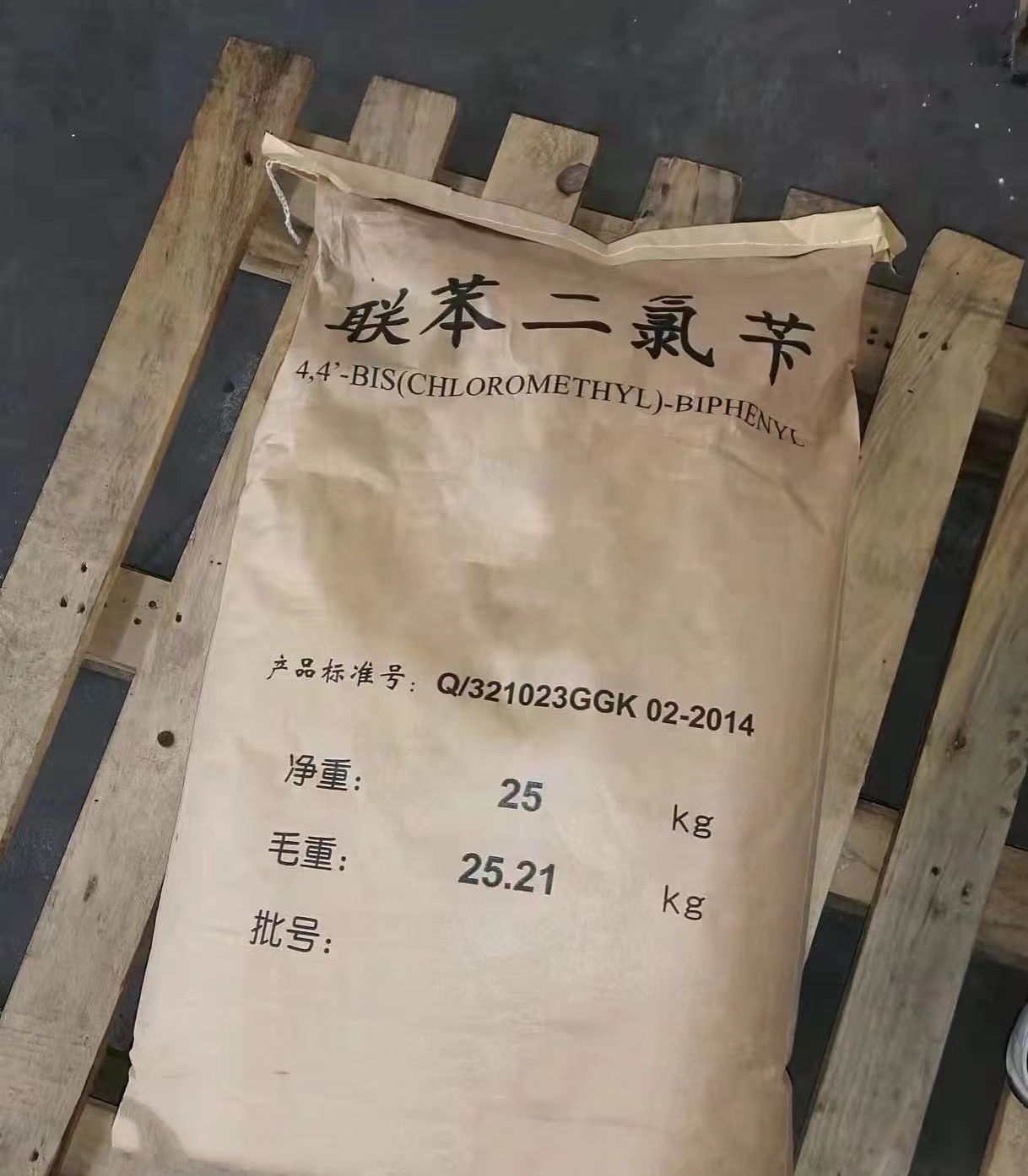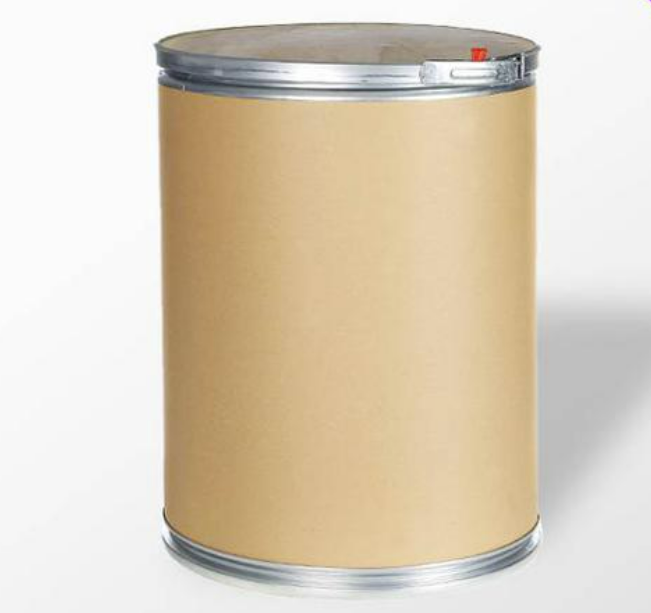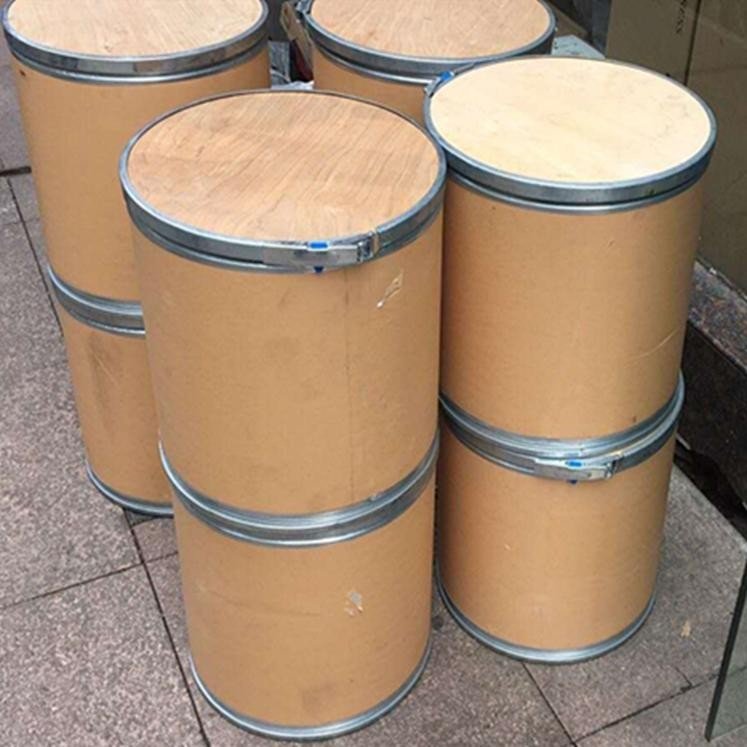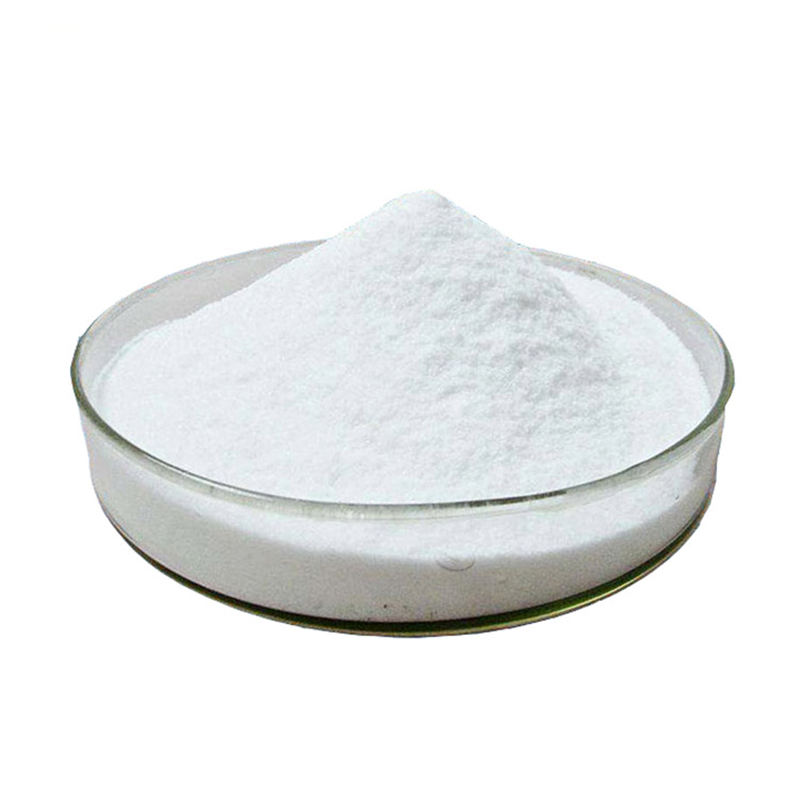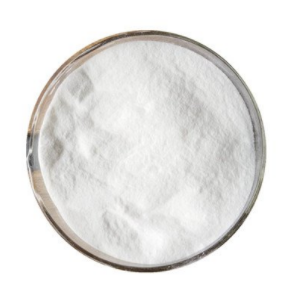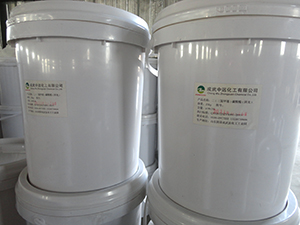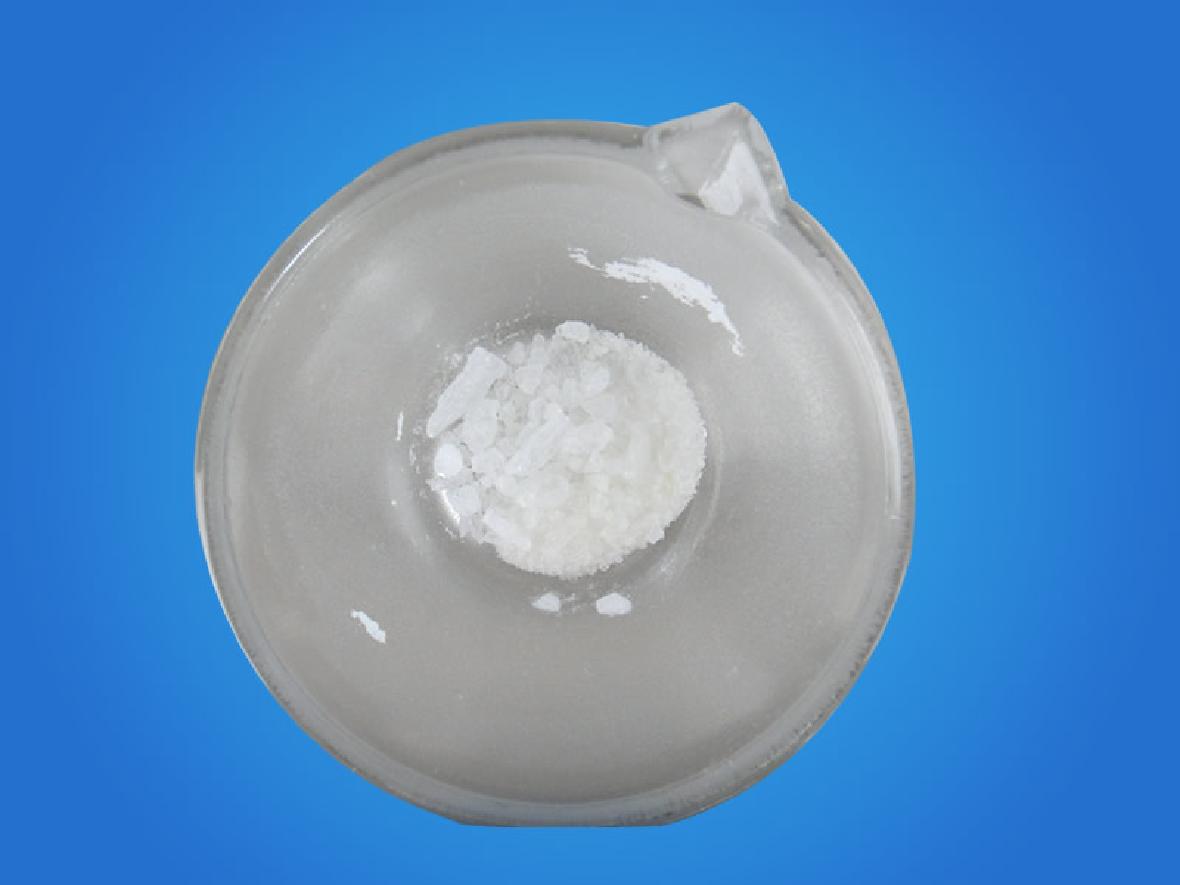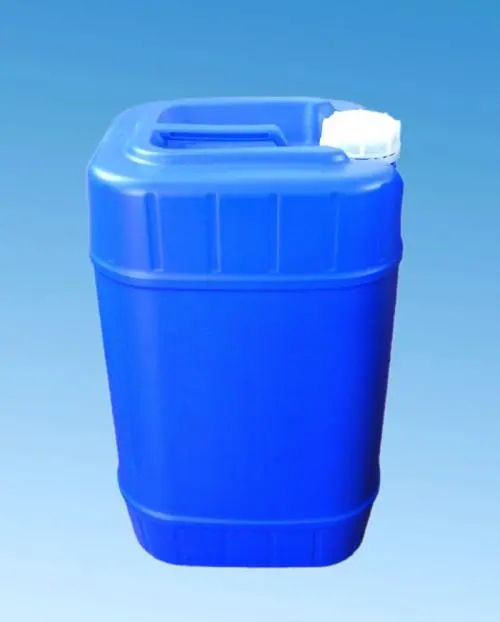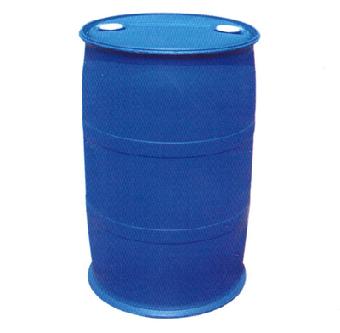Intermediates
Cationic Dyes
Pigment Black
Sulfur Dyes
Ingrain Dyes
Others
Pigment Orange
Solvent Dyes
Pigment
Vat Dyes
Dye Intermediates
Pigment Brown
Dyestuff
Pigment Violet
Dispersive Dyes
Other Dyes
Pigment Red
Pigment Yellow
Metallic Pigment
Pigment White
Reactive Dyes
Acid Dyes
Direct Dyes
Pigment Green
Basic Dyes
Nitrogen Compounds
Pigment Blue
Pearlescent Pigment
CAS:123-30-8
Molecular Formula:C6H7NO
Alias
More Information
4-Hydroxyaniline; Para Amino Phenol; Para Aminophenol; 4-Amino Phenol; Para-Amino Phenol; P-Aminophnol; P-Aminophenol; 4-Amino-Phenol; 1-Amino-4-Hydroxybenzene; P-Amino Phenol; |P|-Aminophenol; P-Hydroxyphenylamine; 4-Amino-1-Hydroxybenzene; 4-Nitrobenzenamine; Para-Hydroxyaniline; Aminophenol-4; P-Hydroxyaniline; Paranol; p Aminophenol
Brief Introduction
P-aminophenol is a fine chemical intermediate commonly used in China. It is used in the dye industry to synthesize weak acid yellow 6G, weak acid light yellow 5g, sulfurized deep blue 3R, sulfurized blue CV, sulfurized brilliant green GB, sulfurized red brown b3r, sulfurized reduced black CLG, etc. In the pharmaceutical industry, it is used in the synthesis of paracetamol, metoprolol, etc. it is also used in the preparation of developer, antioxidant, petroleum additive and other products.
Suppliers
View More Vendors (4) >
CAS:1667-10-3
Molecular Formula:C14H12Cl2
Alias
More Information
4,4-Bis(Chloromethyl)Biphenyl; 4,4’-Bis(Chloromethyl)-Diphenyl; 4,4'-Bis(Chloromethyl)Biphenyl; 4,4'-bis(Chloromethyl)-1,1'-Bi; 4,4-Dichloride-Methyl-Bispheny; 4,4'-BIS(Chloromethyl)-1,1'-Biphenyl,95%; BCMB4,4-bis(Chloromethyl)-Biphenyl; 4,4'-Bis(Cnloromethyl)Diphonyl; BCMP; 4,4''-BIS(Chloromethyl)-1,1''-Biphenyl95%
Brief Introduction
This product can be used as the key intermediate in the synthesis of biphenyl Diphenylacetylene fluorescent brighteners CBS-X and cbs-127. It can also be used as the intermediate of medicine or resin. It is the raw material for the synthesis of high-grade fluorescent brighteners and electronic chemicals. It is an important intermediate of fluorescent brighteners FP and CBS. It can also be used in the intermediate of medicine or resin.
Suppliers
View More Vendors (4) >
CAS:26576-46-5
Molecular Formula:C11H11N3O3
Alias
More Information
Butanamide, N-(2,3-Dihydro-2-Oxo-1H-Benzimidazol-5-Yl)-3-Oxo-; 5-Acetoacetamino Benzimidazolone; 5-AABI; 5-(Acetoacetylamino)Benzimidazolone; AABI; 3-Oxo-N-(2-Oxo-1,3-Dihydrobenzimidazol-5-Yl)Butanamide; 3-Oxo-N-(2-Oxo-2,3-Dihydro-1H-Benzimidazol-5-Yl)Butanamide; N-(2,3-Dihydro-2-Oxo-1H-Benzimidazol-5-Yl)-3-Oxobutyramide; 5-Acetoacetamido-2-Benzimidazolinone; 5-Acetylacetamidobenzimidazolone; 5-(Acetoacetylamino)-1H-Benzimidazol-2(3H)-One
Brief Introduction
This product is mainly used to synthesize pigment yellow and pigment orange.
Suppliers
View More Vendors (4) >
CAS:32315-10-9
Molecular Formula:C3Cl6O3
Alias
More Information
Tri-Phosgene; Methanol, Trichloro-, Carbonate (2:1); Trichloromethyl Carbonate; Ditrichloromethyl Carbonate; Bistrichloromethyl Carbonate; BTC; Bis(Trichloromethyl) Carbonate; Triphosgene (Bis(Trichloromethyl) Carbonate
Brief Introduction
Triphoto gas (BTC), namely, bis (Trichloromethyl) carbonate, is commonly known as solid phosgene, and the chemical formula is c3cl6o3. It is colorless crystal, has the smell of light gas, mainly used as a substitute for phosgene, and is used in medicine, pesticide and organic synthesis, and has better effect than liquid double light gas. The trioptical gas is prepared by the reaction of dimethyl carbonate and chlorine gas. Three light gas at 130 ° C is decomposed around, and the presence of impurities reduces the temperature. There will also be a small amount of decomposition during atmospheric distillation to generate phosgene and double phosgene (Trichloromethyl chloroformate). When chloride exists, the phosgene can produce phosgene safely and quantitatively, which solves the problem that phosgene can not be quantified in the reaction. Triphosgene can produce almost all reactions of phosgene, and can be used as reagents for chloroformylation, chlorination, carbonylation and some polymerization reactions. It can convert primary amine into isocyanate or substituted urea, carboxylic acid into acyl chloride, alcohol into carbonate or aldehyde (with dimethyl sulfate), aldehyde oxime and amide into nitrile, etc.
Suppliers
View More Vendors (4) >
CAS:348-54-9
Molecular Formula:C6H6FN
Alias
More Information
2-Fluorobenzenamine; Ortho-Fluoroaniline; Aniline,2-Fluoro; 2-Fluoranilin; Aniline,O-Fluoro; 1-Amino-2-Fluorobenzene; Benzenamine, 2-Fluoro-; 2-Fluoro-Aniline; 2-Fluoro-Benzenamin; O-Fluoroaniline; 2-Fluoro-Phenylamine; Fluoroaniline-2
Brief Introduction
O-fluoroaniline is a light yellow liquid, oily; When the amount is small, the color is not obvious. Slightly aromatic, toxic. It can stimulate the skin, and its vapor or smoke can stimulate the eyes, mucous membrane and upper respiratory tract. Enter the human body, can form methemoglobin cyanosis, harmful to the environment, this product is flammable, irritating. O-fluoroaniline is an important intermediate in the synthesis of fluorinated pharmaceuticals and dyes. O-fluoroaniline can be used as an intermediate in pharmaceutical synthesis.
Suppliers
View More Vendors (4) >
Inquiry (
10
/ 10
)
Clear All
Sign In
Error!


